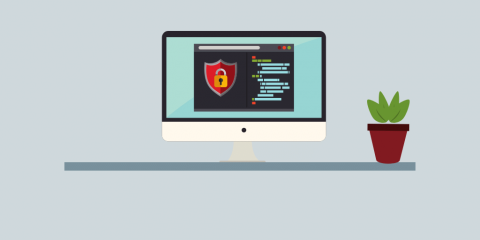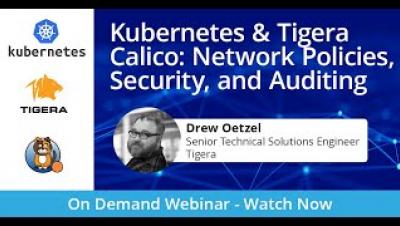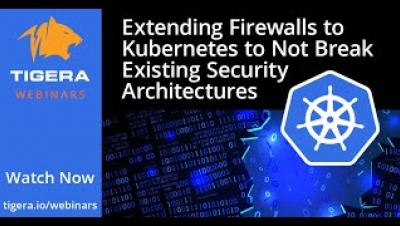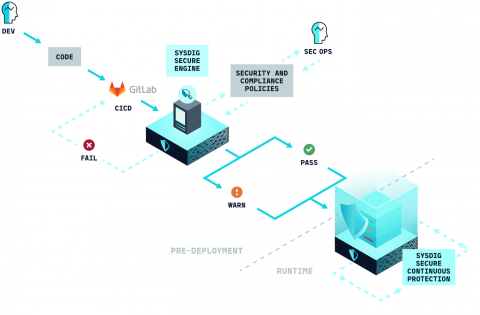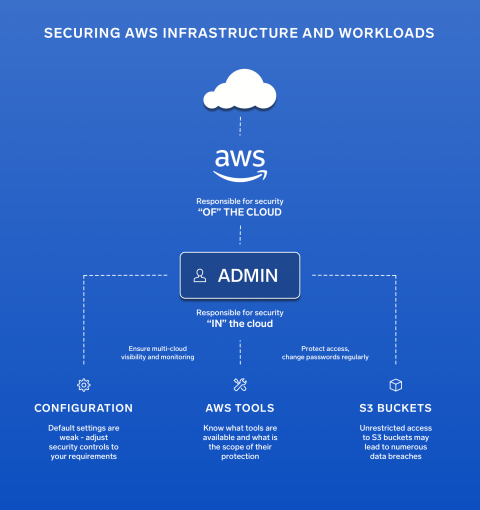Operations | Monitoring | ITSM | DevOps | Cloud
Security
The latest News and Information on CyberSecurity for Applications, Services and Infrastructure, and related technologies.
Useful tools to manage your application's secrets
When you build and deploy an application, chances are that you need to store some form of secrets. These are typically things like credentials for 3rd party systems and database credentials. As an ASP.NET Core developer, Microsoft provides you with an easy way to store secrets like these in your development environment, namely the Secret Manager.
Kubernetes & Tigera: Network Policies, Security, and Auditing
Meeting PCI DSS Network Security Requirements in Kubernetes Environments
How To Extend Firewalls to Kubernetes to Stop Breaking Existing Security Architectures
Why Can't We Be Friends? - Kubernetes in a Zone-Based Architecture World
Integrating Gitlab CI/CD with Sysdig Secure
In this blog post we are going to cover how to perform Docker image scanning on the Gitlab CI/CD platform using Sysdig Secure. Container images that don’t meet the security policies that you define within Sysdig Secure will be stopped, breaking the build pipeline before being pushed to your production Docker registry.
Five Tools for User Activity Monitoring
As discussed in our blog post [What is User Activity Monitoring?], user activity monitoring (UAM) is a form of surveillance that provides visibility and insight into employee productivity and engagement while also revealing insider security threats. While UAM on company-owned or company-sanctioned devices and networks is legal, ethical and HR considerations require that UAM be implemented with a high level of professionalism and sensitivity.
What Is User Activity Monitoring?
User Activity Monitoring (UAM) tracks the behavior of internal end-users—employees, subcontractors, partners, and so on—on a company’s networks, devices, and other IT resources. UAM, sometimes also called employee monitoring, may be deployed for a number of reasons, such as providing insight into the productivity of both individual employees and the company as a whole. Is Employee X spending too much time browsing the internet for non-business purposes during work time?
Why you need to secure your AWS infrastructure and workloads?
Enterprises are increasingly adopting a cloud-first approach and migrating their workloads, data and applications to the Cloud. Amazon Web Services continues to lead the Public Cloud industry with more than 30% of the market. As digital transformation progresses and the digital space expands, so does the attack surface that exposes the ongoing proliferation of security risks. In today’s cloud-first world, security remains the primary concern.



